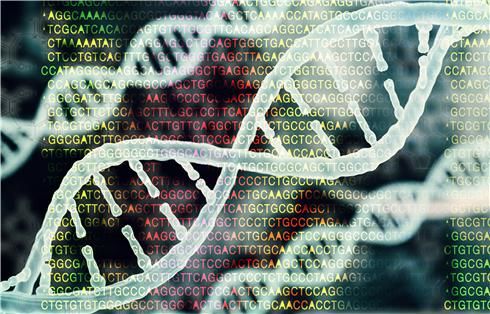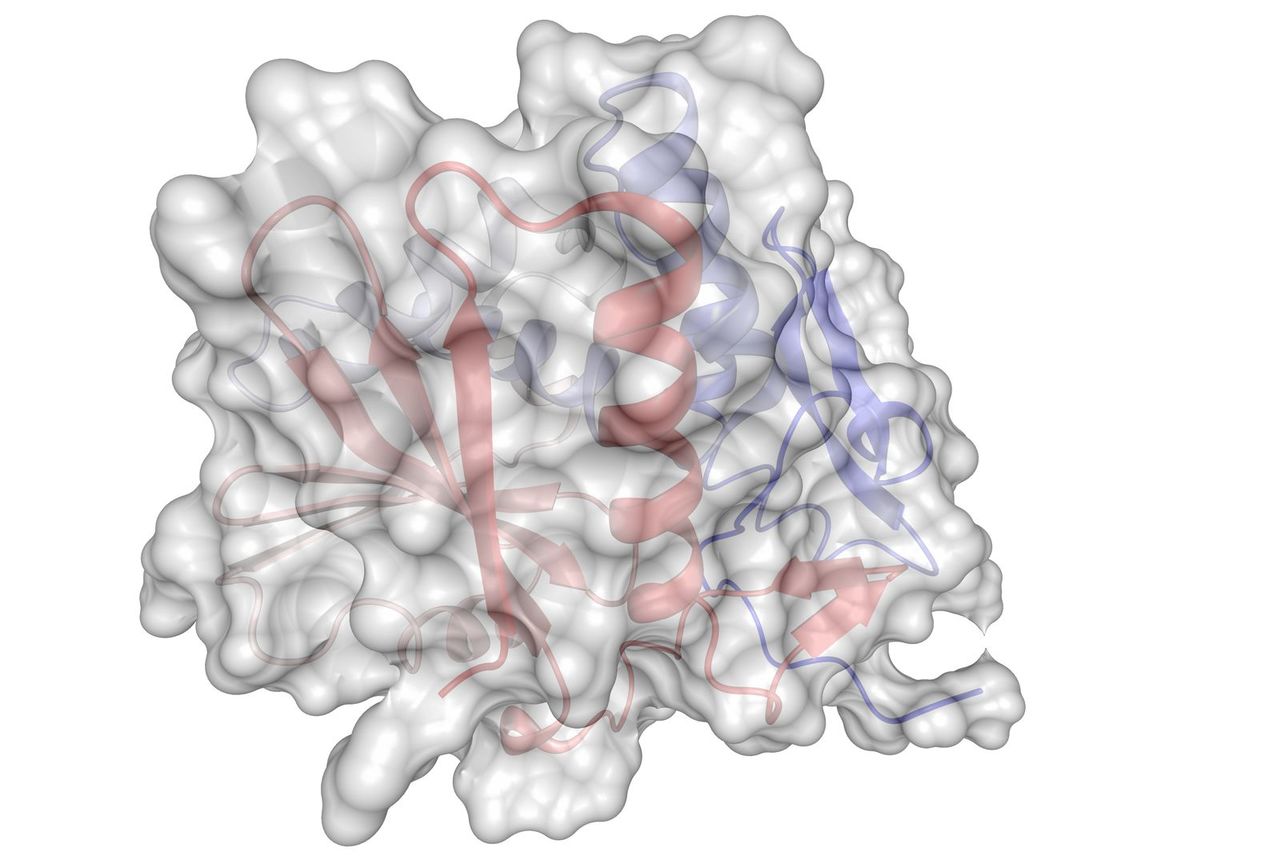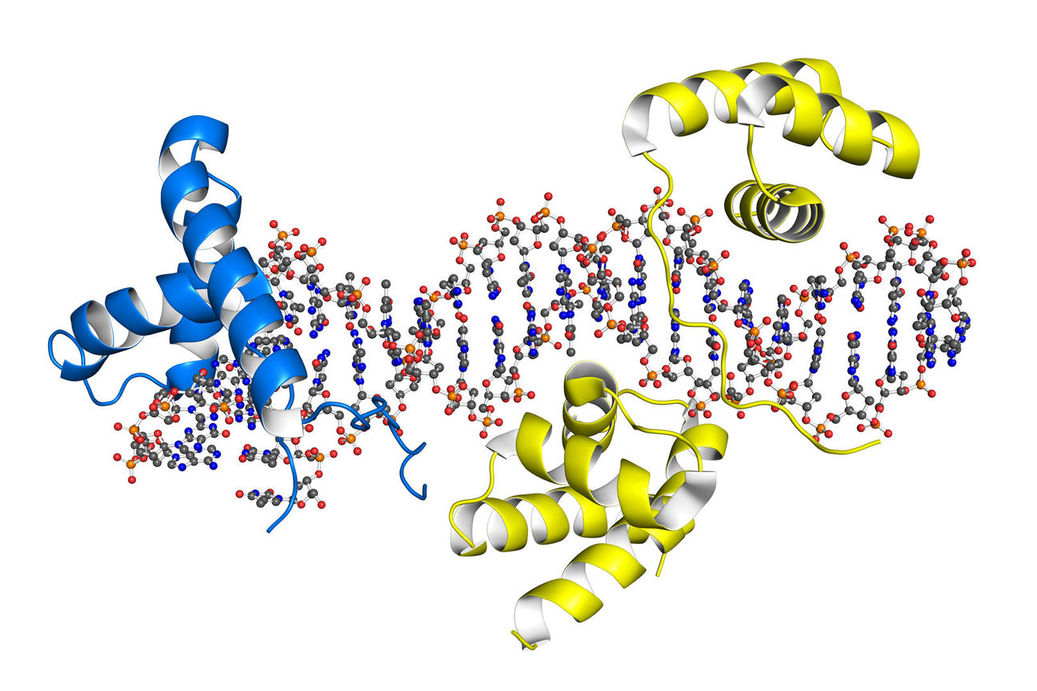Glycan Chromatography Data Interpretation, Integration and Visualization
Navigate Through Complex Chromatography Data Visualization With Ease
Whether it is liquid chromatography (LC), gas chromatography (GC), or other chromatography is an effective technique for analyzing glycans. Due to the complexity of chromatographic fingerprint information, manually analyzing the data one by one is a very time-consuming task. With the development of glyco-bioinformatics, the Analysis and Prediction accuracy of glycan-related data are increasingly higher. Our reliable Glycan Data Visualization team provides advanced algorithms and reliable staff to help clients efficiently process large volumes of glycan chromatography data. CD BioGlyco seamlessly integrates different data using already trained models to simplify coordination and ease management.
Chromatography data preprocessing
Relying on huge datasets and experimental data provided by our clients, we provide data classification, model construction, training, and peak collation services. Our common datasets include a training set, a stop set, and a validation set.
Our researchers use deep learning to select network structures and train convolutional neural networks. We focus extraordinarily on chromatography data management and optimization. Pre-training patterns are iteratively practiced to achieve the highest level of prediction.
Chromatography data visualization
Our researchers use computational software to visualize, process, and analyze the large amounts of complex, multidimensional data generated by chromatography. We provide basic data interpretation including data preprocessing, peak detection, and identification.
Our high-quality technicians provide visualization and analysis of two-dimensional chromatography data. Based on computer visualization techniques, our calculators use color and time dimensions to emphasize the visual communication of chromatographic features.
Our professional computing team supports one-stop data visualization solutions based on the client's data characteristics including data organization, advanced model design, model optimization, visual presentation, free switching of peaks, custom area, etc.

Publication
Technology: Automatic time-shift alignment method (ATSA), GC coupled with a flame ionization detector (FID), Correlation optimized warping (COW), Dynamic time warping
Journal: Scientific Reports
Published: 2017
IF: 3.8
Results: In this work, the researchers describe a new method, ATSA, for complex chromatographic data processing. The method uses peak information to automatically optimize manually dependent parameter settings such as fragment size, retention time, chromatographic peak area, etc. Moreover, the researchers tested the method and found that the method simultaneously processes the data, correct for background drift and time-shift alignment.
 Fig.1 Detailed difference between COW and ATSA in the aligned chromatograms. (Zheng, et al., 2017)
Fig.1 Detailed difference between COW and ATSA in the aligned chromatograms. (Zheng, et al., 2017)
Applications
- Glycan chromatography data visualization can be used for rapid analysis of versatile chromatography databases.
- Glycan chromatography data visualization can be used for the identification of carbohydrate isomers.
- Glycan chromatography data visualization can be used for quick comparison of carbohydrate quantification.
Advantages of Us
- Our researchers provide a quick visualization of the laughing stock to enhance data analysis.
- Two important data preprocessing services we offer are modulation phase adjustment and detector baseline correction.
- We offer analytical tools with high analysis speed, an intuitive interface, and large data compatibility.
Frequently Asked Questions
- What are all the common data preprocessing methods?
- Preprocessing methods include warp strategy-based preprocessing, preprocessing using deletion or insertion of data points, and chromatographic signal-based preprocessing.
- What types of chromatography data can be analyzed?
- Whether you need to analyze raw data, processed data, or validated data, we offer the best visualization solutions for analytical data types including, but not limited to, LC, GC, ion exchange chromatography, and thin layer chromatography data.
CD BioGlyco has high-precision and high-quality chromatography data visualization tools to drive our clients' projects. Our researchers have extensive backgrounds in biology and computer science to meet our clients' needs. Please feel free to contact us.
Reference
- Zheng, Q.X.; et al. Automatic time-shift alignment method for chromatographic data analysis. Scientific Reports. 2017, 7(1): 256.
For research use only. Not intended for any diagnostic use.
Quick Links
Related Services



 Fig.1 Detailed difference between COW and ATSA in the aligned chromatograms. (Zheng, et al., 2017)
Fig.1 Detailed difference between COW and ATSA in the aligned chromatograms. (Zheng, et al., 2017)


